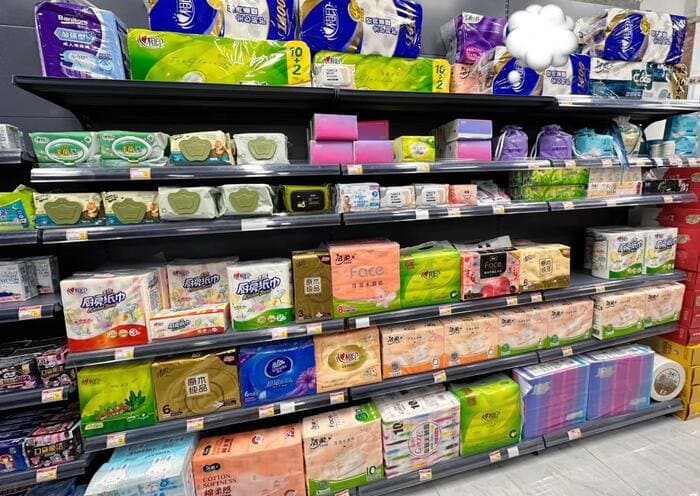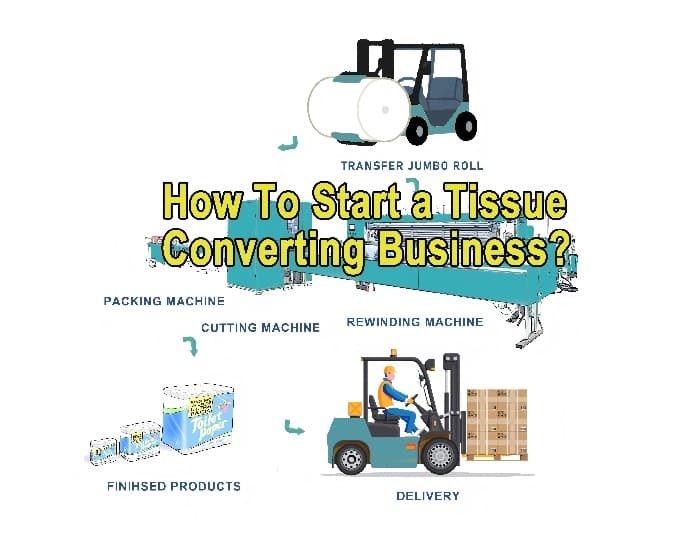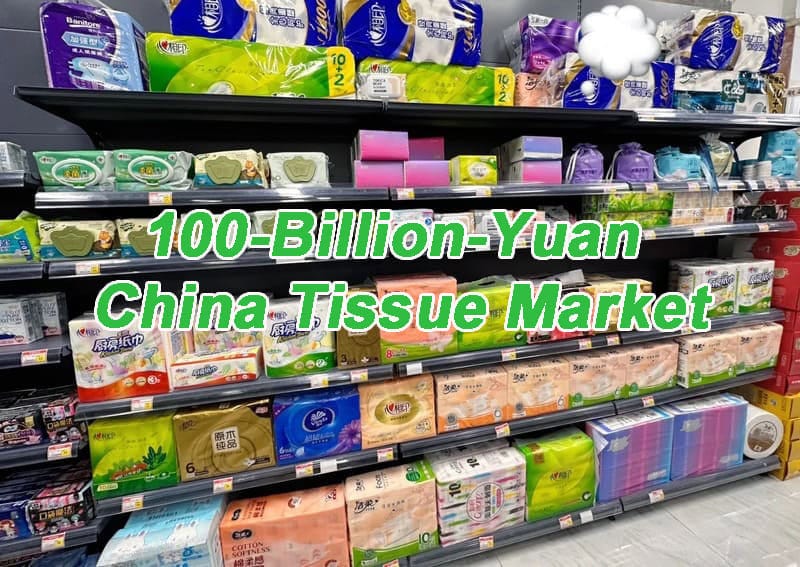What Are the Differences of 1-Ply and 2-Ply Toilet Paper?
When evaluating toilet paper, the ply count often influences the price. Generally, a higher ply count means a higher cost. While ply count is a good indicator of the type of toilet paper, other factors also determine its quality. These include the materials used and the Usage and Cost Efficiency.
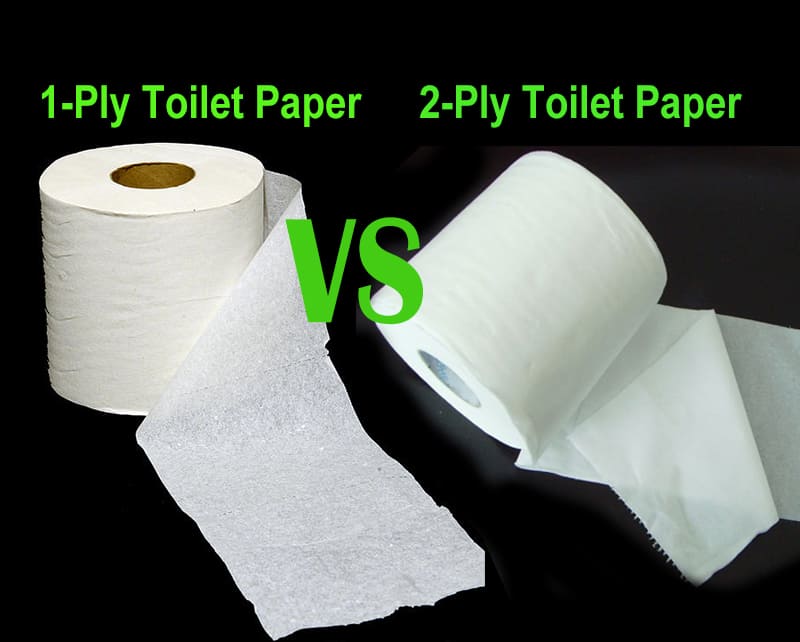
Strength and Comfort
1-Ply Toilet Paper: 1-ply toilet paper roll is designed with a single layer of paper per sheet. This construction makes it less soft compared to its 2-ply counterpart, and it may not feel as comfortable for some users. However, its simplicity offers a no-frills experience that can be suitable for those who prioritize practicality over luxury.
2-Ply Toilet Paper: 2-ply toilet paper roll, on the other hand, consists of two layers of paper. This design enhances the overall strength and absorbency of each sheet, providing a more comfortable and effective cleaning experience. The added softness and plush texture are often appreciated by users who are willing to spend a little extra for increased comfort.
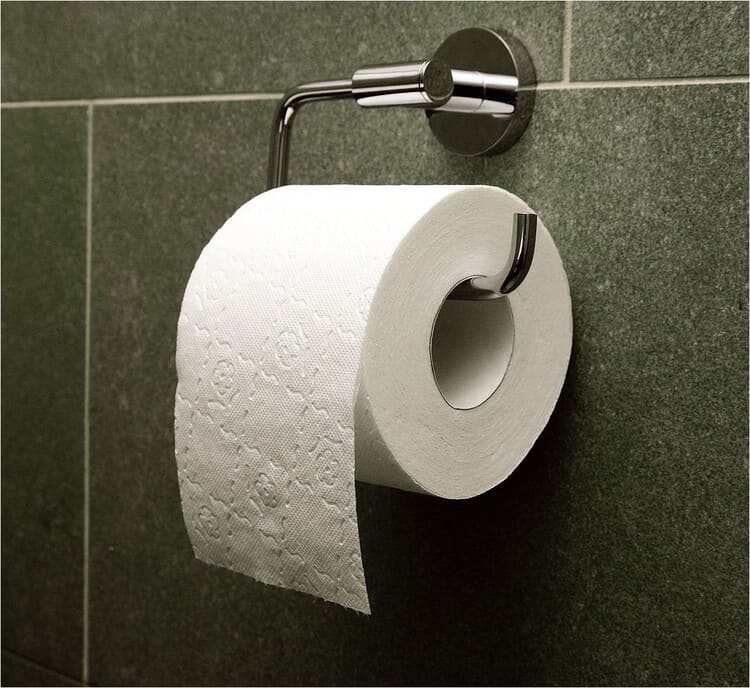
Environmental Impact
1-Ply Toilet Paper: The environmental impact of 1-ply toilet tissue is generally considered to be lower than that of 2-ply. Its single-layer construction uses less material, which not only conserves resources but also reduces the amount of waste generated. Additionally, 1-ply paper is more likely to break down quickly in septic systems, making it a more eco-friendly option for those concerned about their ecological footprint.
2-Ply Toilet Paper: 2-ply toilet paper’s environmental considerations are more complex. While it does use more paper per sheet, many manufacturers are now producing 2-ply options made from recycled materials or sourced from sustainable forests. These eco-conscious choices help mitigate the environmental impact, though users should still be aware of the potential for slower decomposition in septic systems.
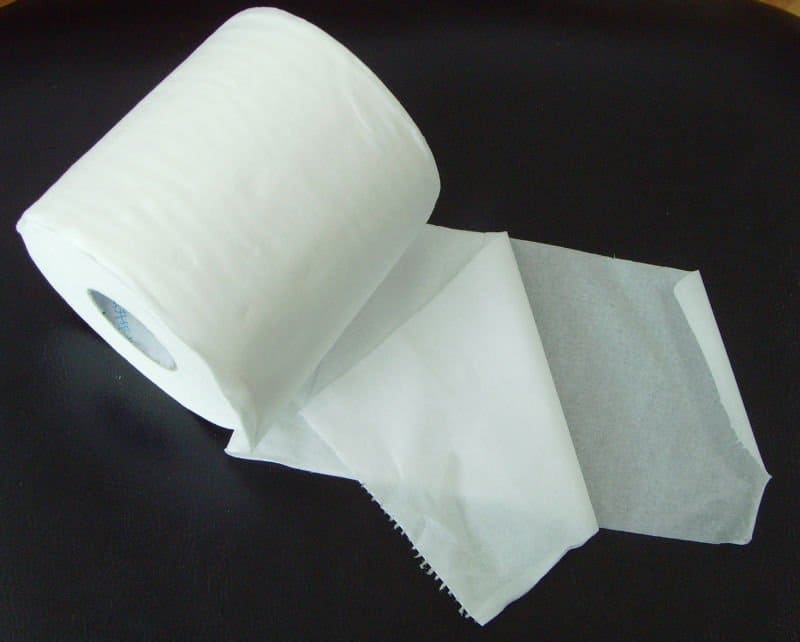
Usage and Cost Efficiency
1-Ply Toilet Paper: In terms of usage, 1-ply toilet paper may seem more cost-effective at first glance due to its lower price point. However, because it is thinner, users might find themselves using more sheets to achieve the desired cleanliness, which can lead to higher consumption and, ultimately, higher costs over time.
2-Ply Toilet Paper: 2-ply toilet paper is generally more expensive than 1-ply, but its thicker construction can mean that fewer sheets are needed per use. This reduced consumption can make 2-ply options more cost-efficient in the long run, despite the higher initial price. Additionally, the enhanced strength and absorbency contribute to a better user experience, which can justify the extra expense for many consumers.
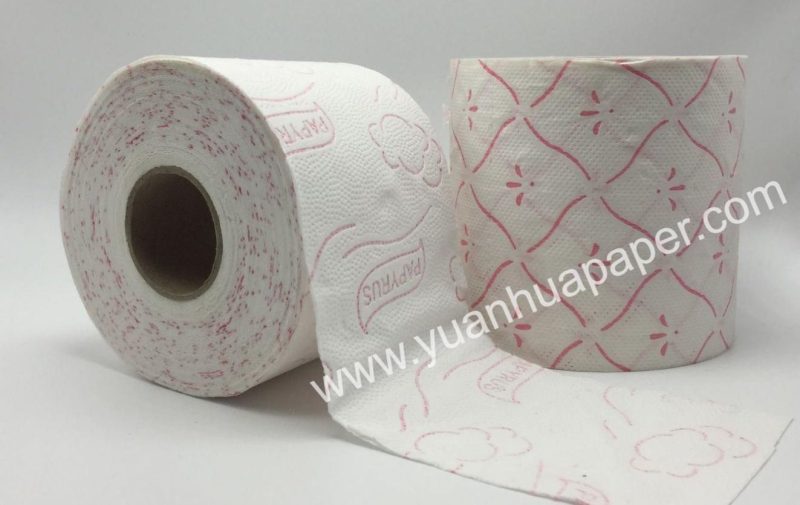
Conclusion
Choosing between 1-ply and 2-ply toilet paper involves a balance of personal preference, budget considerations, and environmental awareness. While 1-ply options may appeal to those looking for a straightforward, economical choice, 2-ply varieties offer a more luxurious experience with potentially greater cost efficiency and user satisfaction. As the market continues to evolve, consumers have a growing array of options to choose from, ensuring that there is a toilet tissue paper product to meet every need and preference.
When considering 3-Ply and 4-Ply toilet paper, it’s important to understand their characteristics and how they might suit different preferences:
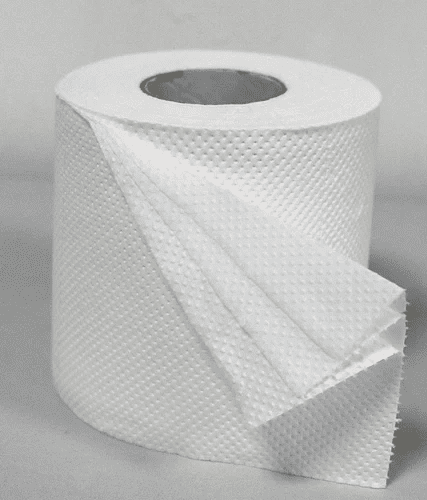
3-Ply Toilet Paper:
More Absorbent: Generally, 3-ply toilet paper is more absorbent than 1-ply or 2-ply, which can provide a better cleaning experience with fewer sheets.
Less Likely to Tear: The additional layer makes 3-ply bath tissue paper less prone to tearing, offering a more reliable wipe.
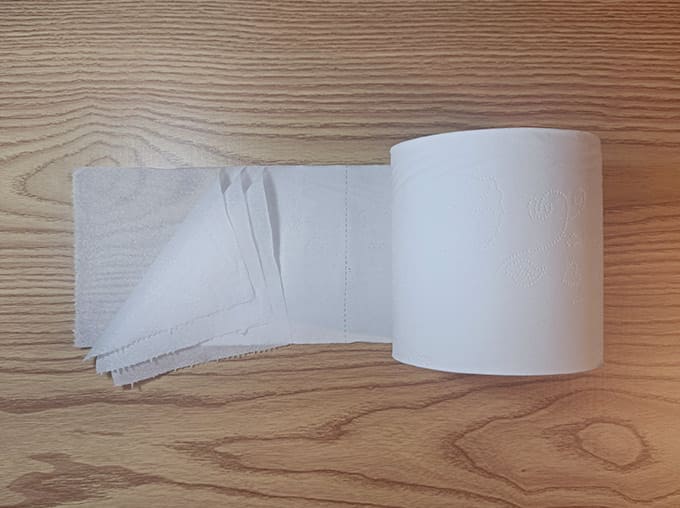
4-Ply Toilet Paper:
Thicker and More Durable: 4-ply toilet paper is even thicker, adding to its durability and giving it a luxurious, cushioned feel.
Considerations for Plumbing: However, the thickness also means it may not break down as easily in septic systems, which could be a concern for some plumbing systems.
However, the choice between 3-ply and 4-ply bathroom tissue paper can depend on a variety of factors including desired softness, absorbency, environmental impact, and plumbing compatibility. Some users may prefer the plush comfort of 4-ply, while others might opt for the balance of softness and environmental consideration offered by 3-ply. Ultimately, it’s about finding the right balance that meets your specific needs and values.
If you plan to star a business of tissue Paper converter? Welcome to contact us for more infomation about the tissue parent rolls for converting and the tisssue machine recommended.
People Also Ask?
- What’s better 1 ply or 2-ply toilet paper?
- Does 1 ply toilet paper last longer?
- Is 1 ply toilet paper more cost effective?
- What ply is best for toilet paper?

